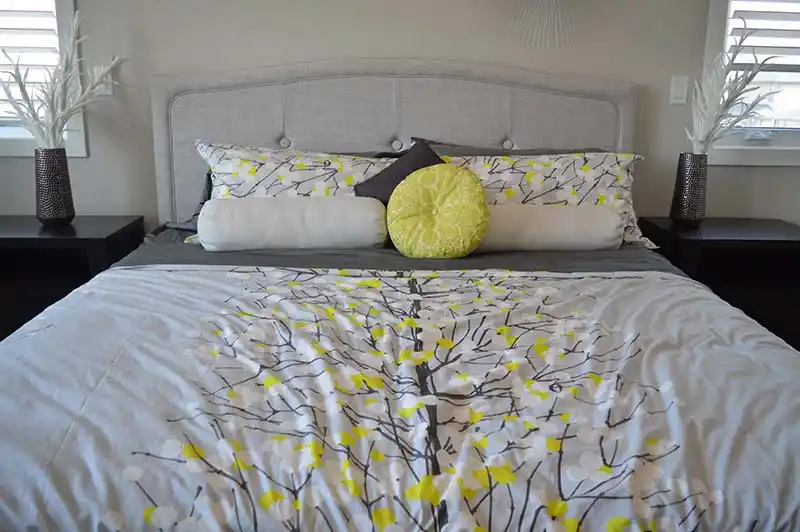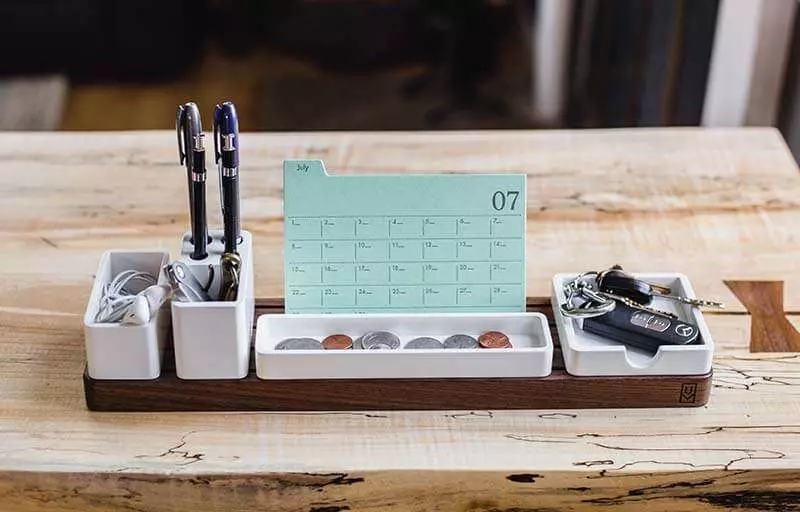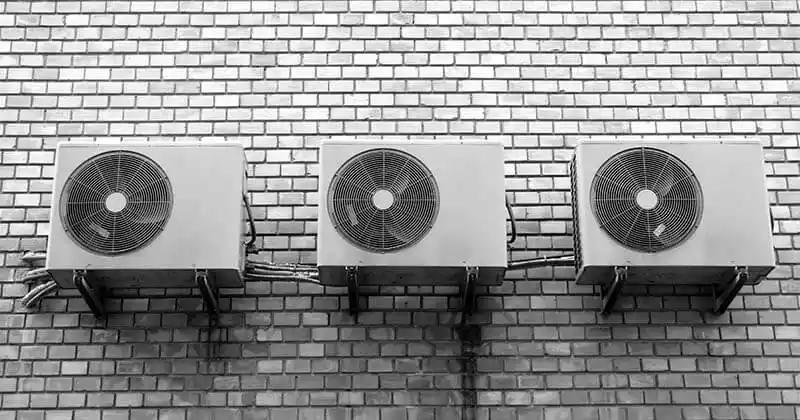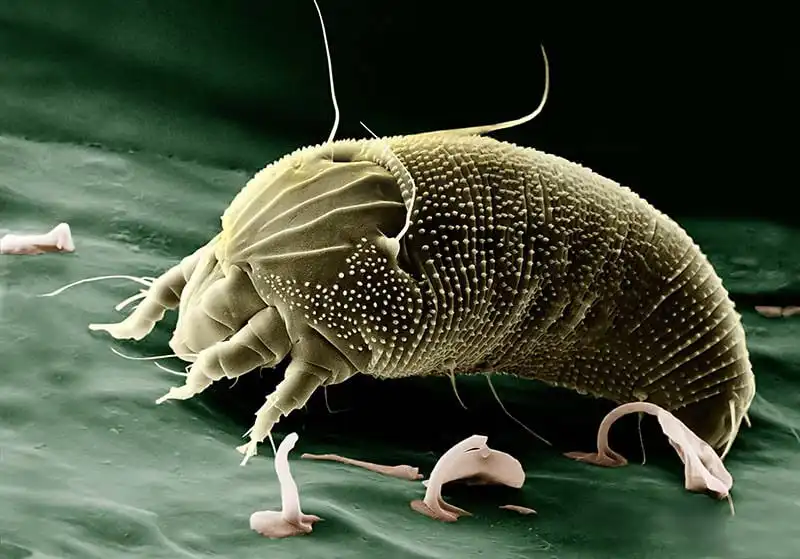How To Remove Dust Mites in Your Home and Keep Your Allergies Under Control
Dust mite infestations occur throughout the world. They thrive in warm environments where there is adequate moisture and food supply. Dust mites feed off dead skin cells and hair follicles and they produce allergens that cause irritation and inflammation in people who suffer from allergies.
The best way to control dust mites in your house is to keep your home clean and dry. Remove clutter and store items away from walls and furniture. Wash bedding regularly, vacuum frequently and wash clothes in hot water. Use anti-allergy products such as air filters and mattress covers. And don’t forget about pets — they can spread dust mites around the house.
What Are Dust Mites?
Dust mites are tiny creatures that live everywhere in our houses even on our bodies. They’re often mistaken for insects because they look like spiders, but they aren’t actually related to spiders. Instead, they belong to the phylum Arthropoda, along with crabs, lobsters, shrimp, ticks, fleas and mosquitoes.
They’re about one-fourth inch long and usually don’t cause much trouble for us. But they do cause problems for people with allergies and asthma. If you’ve ever had a runny nose during springtime, chances are good that dust mite allergens are causing it.
How Do You Get Dust Mites?
Dust mites are tiny creatures that live in your bedding and carpets. They love warm, humid, and dry environments, and they especially enjoy areas that are dark, damp and have lots of food. As long as there are enough of these conditions, dust mites thrive.
Most people don’t realize how many dust mites actually exist in their homes, but they’re everywhere. In fact, if you take a close look at the carpet or upholstery in your living room, you’ll probably find them!
You may not be able to see them, but dust mites are very active and reproduce quickly. They can multiply by more than 1,000 times every single day. That’s why it’s important to get rid of them before they start breeding.
How Do You Get Rid of Dust Mites?
There are several things you can do to help prevent dust mites from taking over your home:
Clean bedding regularly
Warm, moist, and an unlimited source of food, our bedrooms are just as warm and comfortable for dust mites as we are. Dust mites love moisture and warmth, and they thrive in dark, humid environments. They can survive long periods without food and reproduce quickly. As many as 40% of people suffer from allergies because of dust mites.
All washable bedding should change every week in hot water (130°F). Washable items such as comforters, sheets, pillowcases, blankets, duvets, etc., should be laundered weekly in hot water. Items that cannot be washed must be dried in a tumble dryer set on high heat for at least one hour per load. Freezing cold temperatures also kill dust mites. Place items in a plastic bag and put in freezer for 24 hours.
Do not use bleach or harsh chemicals to clean mattresses, furniture, carpets or upholstery. These products can damage fabrics and cause discoloration. Use mild detergents and avoid scented laundry products.
Use allergen-proof bed covers
Dust mites are everywhere. They live in our homes, on our furniture, and even inside our mattresses. While they’re tiny, it doesn’t take much for them to cause problems. Dust mites thrive on dead skin cells and shed hair. As they feed, they produce allergens that irritate your lungs and make your eyes water.
In fact, one study found that people who slept with untreated cotton sheets had twice the amount of dust mite allergens in their bedrooms compared to those who used treated ones.
Protecting your mattress and bed linens with a zippered, dust mite-proof fabric cover is a great way to keep mites out of your home. These covers come in many different styles, including fitted sheet sets, pillowcases, duvet covers and comforters. Allergy-free bedding products are widely available online and in stores like Bed Bath & Beyond.

Clear up any clutter
Clutter makes it easy for dust mites to hide and breed. Keep your house neat and organized so that dust mites won’t have anywhere to hide. Clean up clutter around your home, remove pet dander, vacuum frequently and keep your pets’ beds away from your bedroom. If you have children, teach them about keeping their rooms tidy and ask them to pick up toys and other items immediately after playtime.

Dehumidify your home
Dust mites are attracted to moist environments like bathrooms and kitchens where there’s high humidity. They thrive in warm, humid conditions and can multiply rapidly. Dust mite populations increase during wet weather because the pests don’t have access to food sources such as pollen and pet dander.
While a steamy bathroom can often be cleared quickly with a simple ventilation system, other factors contribute to a home’s overall humidity level. Leaky windows, damp crawlspaces, improper ductwork, and air conditioning units with poor filters can lead to excessive amounts of moisture inside buildings.
To reduce dust mite populations, consult a professional about proper ventilation and sealing up cracks around doors and windows. Use a hygrometer (a device that measures relative humidity) to check the humidity level and keep the reading below 50 percent. If you notice a significant drop in humidity, consider purchasing a dehumidifier to lower the indoor environment.
If possible, avoid storing items like clothing or bedding in areas with excess moisture. Keep laundry away from water heaters and dishwashers, and wash delicate fabrics separately. Treat damp basement floors with waterproofing solutions or install a vapor barrier. Check the vents in your kitchen and bathroom exhaust fans to make sure they aren’t clogged. And open windows on dry, breezeless days to allow outside air into your house.

Wash your carpets, curtains and soft furnishings
Carpets, curtains, and other soft furnishings are great places for allergens to hide out. Dust mites thrive in warm, moist environments like those found inside homes. They’re attracted to dark, dry areas where they can live without being disturbed. In fact, it’s been proven that dust mites actually prefer to live in carpet fibers rather than in people.
When you clean your home, you’ll find that there are many different types of dust mites living in your house. Some of these include cockroaches, mice, bats, birds, and pets. However, the most common type of dust mite that lives indoors is Dermatophagoides pteronyssinus, better known as D. Pteronyssinus. This particular species of dust mite prefers to live in carpets, furniture, mattresses, pillows and upholstery.
As mentioned earlier, dust mites don’t have legs, so they can’t crawl around on floors or walls. Instead, they use tiny hairs called setae to move about. These hairs help them cling to surfaces and each other. When they do this, they make little balls of dried droppings called fecal pellets. Because of how small they are, dust mites can easily pass into the air.
So, if you want to keep your family healthy, it’s important to maintain a clean, dust-free environment. Thorough vacuuming should be done at least once a week. Vacuum under beds, couches, chairs, tables, and anywhere else you might find dust mites. Use a low setting on your vacuum cleaner and focus on getting deep into crevices and corners. Also, try to avoid using chemicals whenever possible. A good rule of thumb is to never spray cleaners directly onto carpets or furniture. Instead, spray them on paper towels and wipe them off with a damp cloth.
Next, take care of your soft furnishings. Wash your carpets, curtains, and anything else that could harbor dust mites in hot water. While you’re at it, toss any machine-washable items in the washing machine as well.
Finally, consider applying a product such as AllergenX® to your soft furnishings. This product contains natural enzymes that break down proteins and destroy dust mites. As long as you remember to follow the manufacturer’s instructions, you shouldn’t have any problems.
Natural oils can kill dust mites
Cloves are one of the most popular natural ingredients for killing dust mites. In fact, there are many ways you can use cloves to kill dust mites naturally without having to buy expensive commercial products. Here are some tips on how to use natural oils to fight dust mites.
1. Clove Essential Oil
The best way to use cloves to kill dust mites is to add essential oil to the room where the problem occurs. You can diffuse the oil directly into the air or mix it with water and spray it onto the fabric surface.
Another effective way to kill dust mites is to combine a few teaspoons of baking soda with a few drops of clove oil. Sprinkle the mixture over the fabric surface and let it sit for about an hour. Then vacuum the baking soda off.
2. Tea Tree Oil
Tea tree oil is great for treating skin conditions like acne and eczema, but it won’t get rid of carpet dust mites. Lemon oil, however, does a great job of eliminating these pests from carpets.
3. Lavender Oil
If you have mattress dust mites, then lavender oil is the best option. Lavender has been proven to eliminate dust mites. It also helps to reduce stress levels, improve sleep quality and even boost moods.
4. Eucalyptus Oil
If you have wall dust mites, then eucalyptus oil should be your first choice. Eucalyptus is known to help relieve respiratory issues like asthma and allergies. Plus, it kills dust mites.
Another effective method to kill dust mites is to use garlic spray, which contains garlic powder mixed with water. To apply it, simply put a few drops of the mixture on a sponge and wipe it over the fabric surface. This method works well because it spreads out the scent quickly.
So, the next time you do a regular cleaning routine, sprinkle a little bit of essential oil around the house and see how much cleaner things are and better things smell!
Improve air conditioning systems
A home’s heating, ventilation and air conditioning system has a huge effect on how much dust accumulates in a house. By keeping the air circulating throughout the aircon system, it helps keep dust levels low.
However, if there is no central air handling system, adding room air purifiers like the Shark’s Anti-Allergy Air Purifier 6 can help trap dust mites and other allergens. Also, replacing or cleaning the filters often can also help lower dust levels. Homeowners can use a HEPA (high efficiency particulate air) filter to remove at least 99.9 percent of dust, pollen and bacteria.
To further reduce dust, clean the filters regularly in window AC units, air purifiers, dehumidifers, range hoods, laundry machines, vacuum cleaners and other appliances.

FAQs
Why do dust mites make you sick?
As we’ve discussed, dust mites live in mattresses, pillows, carpets, upholstered furniture, clothing, bedding, curtains, rugs, toys, car seats, pet beds, shoes and more. They feed on dead skin cells that fall into the environment. When they die, their bodies release microscopic droplets containing allergenic proteins that irritate the lungs and cause allergic reactions.
What are the symptoms of a dust allergy?
Dust allergy symptoms include sneezing, runny nose, nasal congestion, coughing, wheezing, watery eyes, redness of the eyes, itching, hives, fatigue, headaches, sinus infections, earaches, sore throats and dry cough.
How do I know if there are dust mites in my bed?
You can check for dust mite infestation by using a flashlight and shining it under your sheets. You’ll notice small white specks moving across the light beam. These are dust mites.
Can dust mites survive washing?
Yes, but not for long. Washing removes most of the dust mites from your clothes. But when you wash them again, some will come back. It takes about two weeks for dust mites to multiply after being washed.
So, if you’re going away for an extended period of time, consider taking your clothes to a professional cleaner who specializes in removing dust mites.
Can mites live in a washing machine?
No, but they can be found in dryers. Dryers heat up the air inside the machine, making it inhospitable for dust mites.
If you’re concerned about having dust mites in your washer or dryer, ask your service provider to inspect your equipment before you start using it.
Should I vacuum my mattress for dust mites?
The type of mattress you have will determine how often you need to replace it. Some people find that vacuuming their mattresses reduces dust mite populations. Others say that vacuuming doesn’t work because dust mites can hide in crevices and folds of the mattress. To get rid of dust mites, you may need to replace your mattress.





